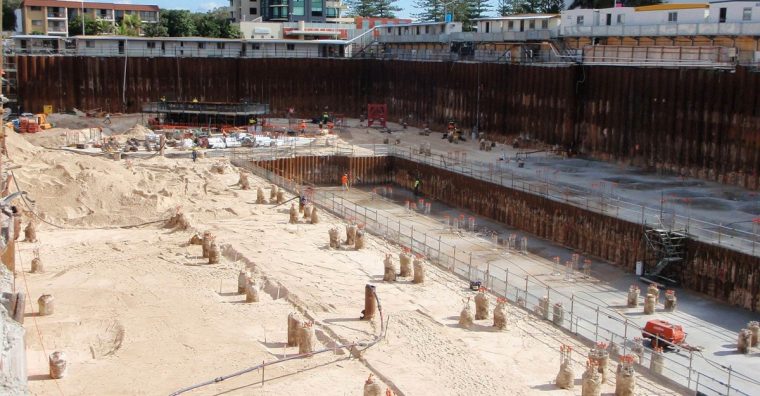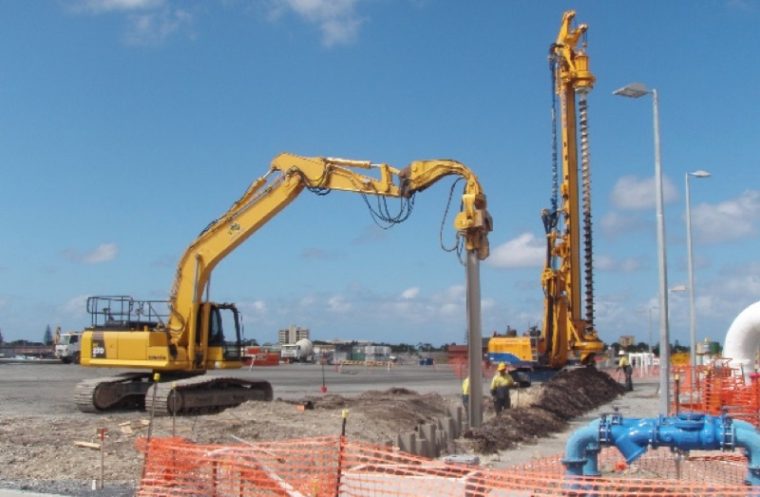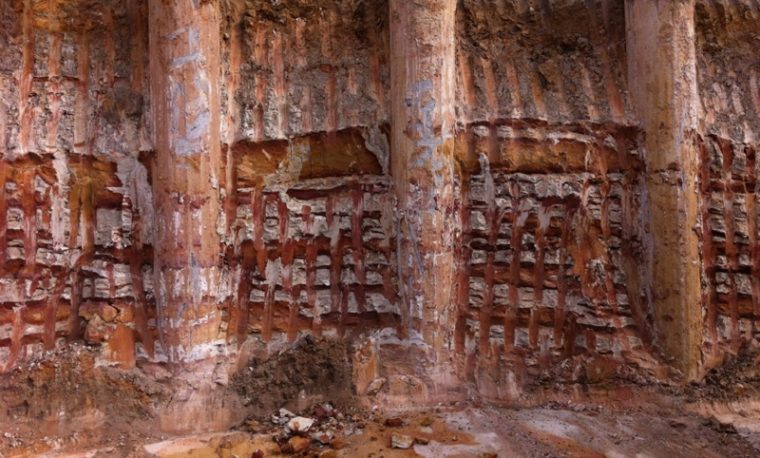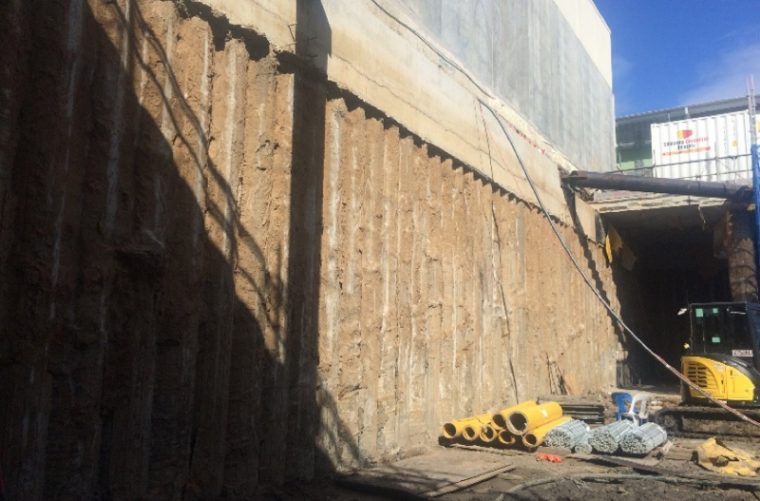[info]Shotcrete is a mortar or concrete that is pneumatically projected or sprayed by a nozzle with high velocity on the prepared surface. The whole system is also known as spraycrete.[/info]
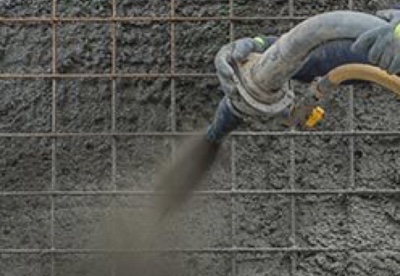
Types of Shotcrete Walls
There are basically two types of shotcreting processes
- Dry-mix process and
- Wet-mix process.
Advantages
Shotcrete is very useful and has great advantages over conventional concrete in a new variety of construction and repair works.
- Excellent bonding in nature makes the concrete layers very strong.
- It is more economical than conventional concrete and requires less formwork.
- The Concrete can be applied by a nozzle from a safe distance.
Disadvantages
- The production cost is very high.
- Dusting problems.
- So many wastages of concrete.
Applications
- Thin overhead vertical or horizontal surfaces.
- Curved or folded sections like tunnels, canals, reservoirs, or swimming pools, and pre-stressed tanks.
- Stabilized rock slopes.
- Restoration and repairing of old building and fire-damaged structure.
- Waterproofing walls etc.



